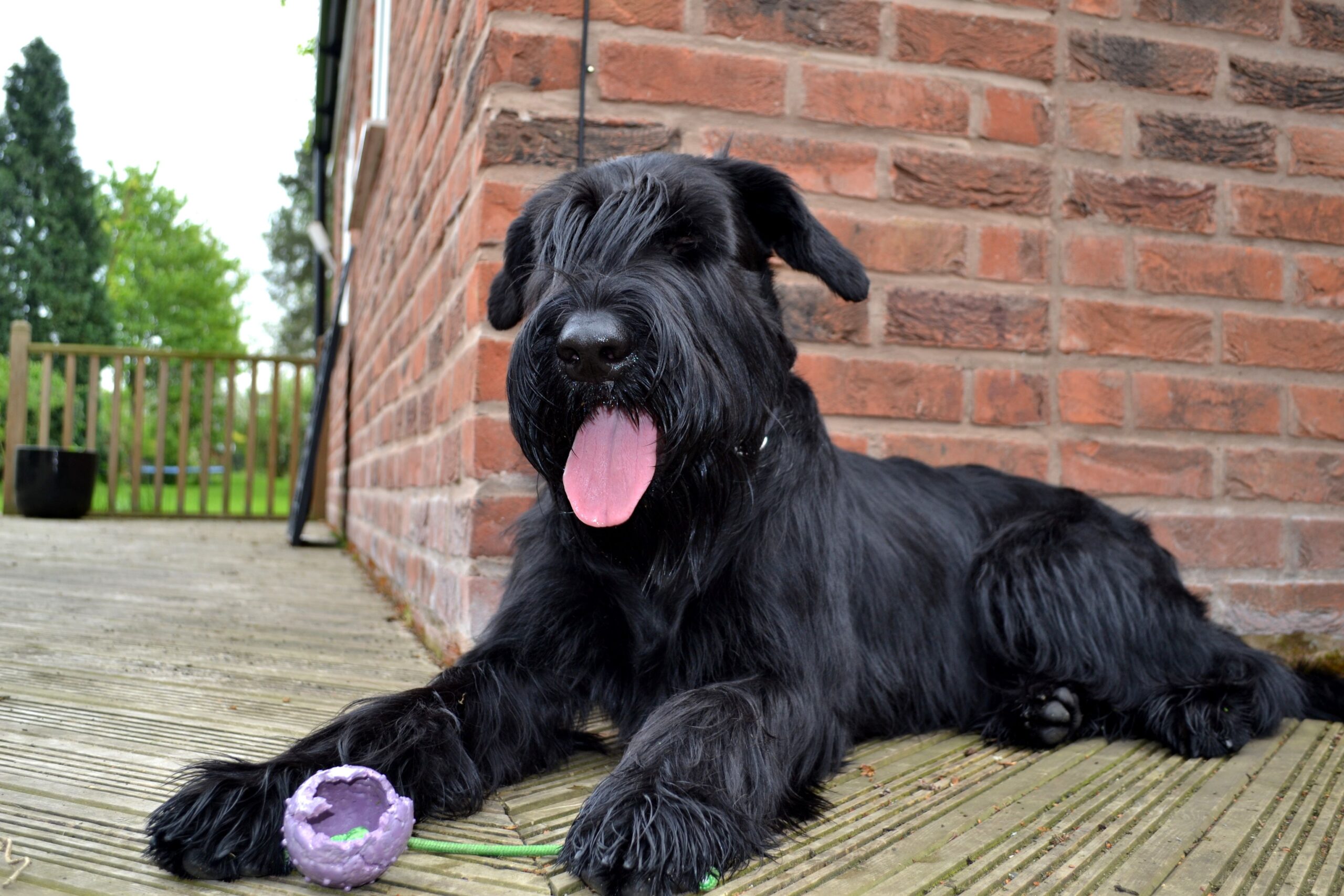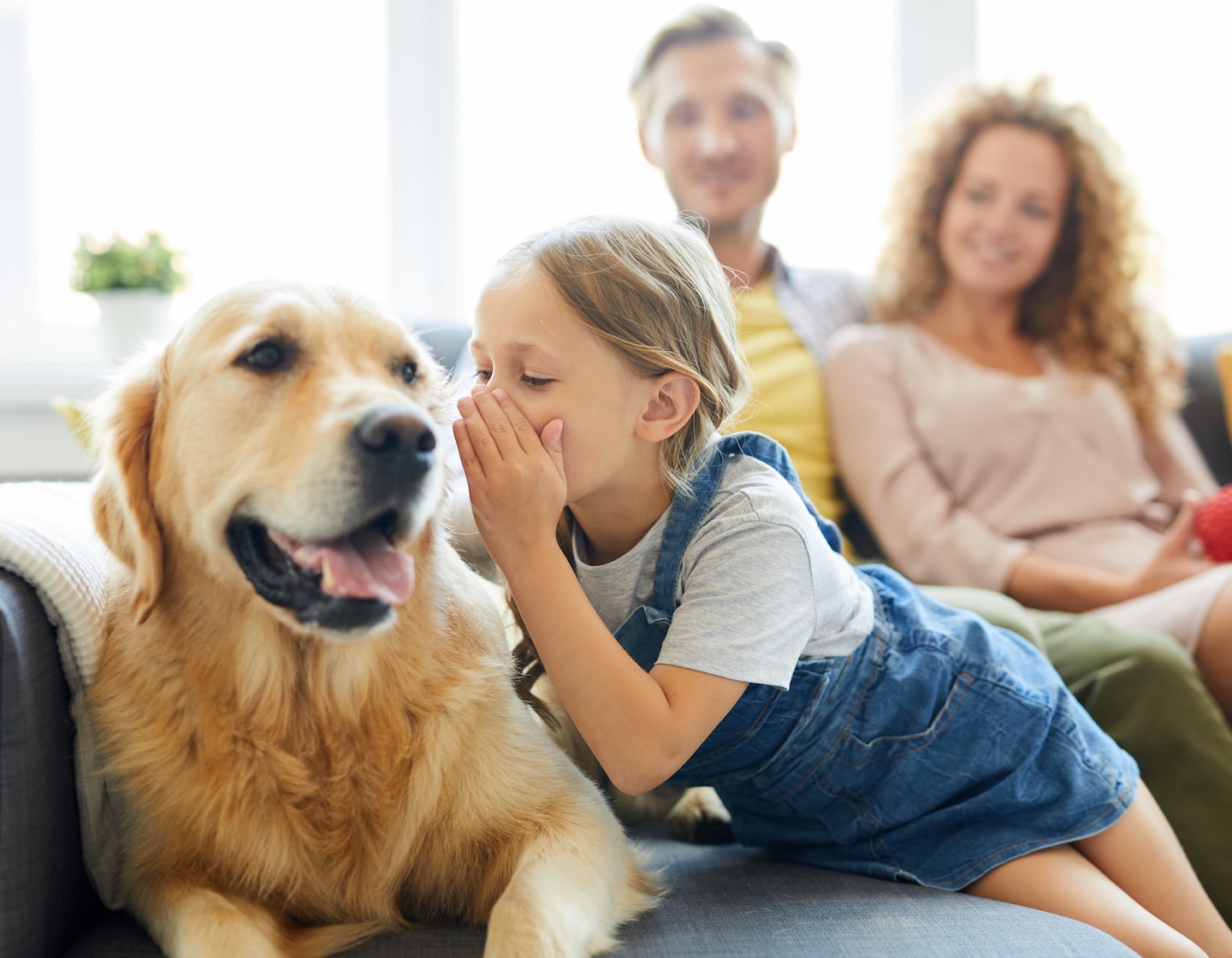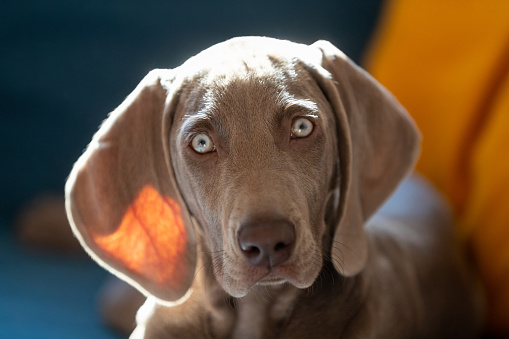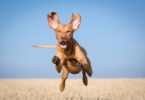Australian Shepherd

The Australian Shepherd, which is commonly referred to as the “Aussie,” is not exactly Australian these days. Even though it has such a bad name, this dog has a much longer history in the United States, going back to the 19th century. The Aussie, which is often mistaken for the Border Collie, is a dog that is easy to train and very obedient. Even though Australians put in a lot of effort, it’s important to keep them busy with a variety of activities to make the most of their skills.
Brittany Spaniel

The Brittany spaniel was likewise initially reared to be a canine and was well known among French Blue-bloods in the mid-eighteenth and nineteenth hundreds of years. Due to their speed, agility, and keen sense of smell, they were originally regarded as excellent “pointer” dogs, which suggested that they might flush out the sport for hunters to shoot. Spaniels are generally regarded as calm and sociable dogs that are extremely responsive. As long as they get plenty of exercise, food, and love, they tend to do well when domesticated!
Poodle
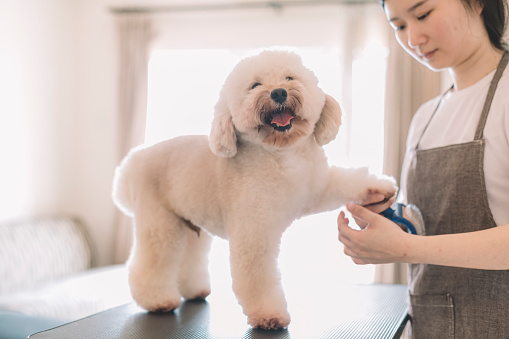
The French Poodle is one of the premier effectively unmistakable canine varieties around and their extraordinary elements and elevated degrees of knowledge earned them the favor of being known as the public canine of France! Poodles are renowned for their calm, patient, and intelligent nature, as well as their ease of training and affection for grooming. They are not only regarded as extremely trustworthy companions, but they also possess a daring sense of favor when groomed, making them stand ready to be called upon in the simplest of ways.
Schipperke
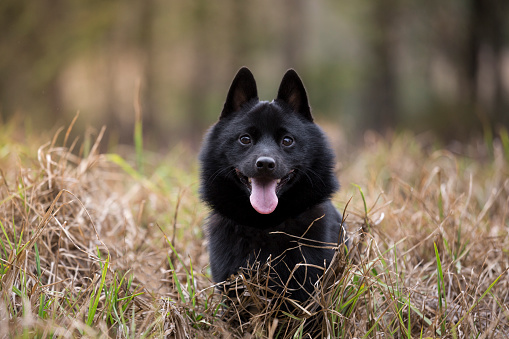
The Schipperke is a Belgian dog breed that wasn’t officially recognized until the late 19th century. Many people have debated whether this dog is a spitz—a small breed of dog—or a sheepdog over the years. They are, however, generally regarded as small sheepdogs due to their quickness, intelligence, and responsiveness. They were often seen on boats in the 19th and 20th centuries, earning the moniker “little boatmen.” However, the Flemish word “schipperke” literally translates to “shepherd.”
Keeshond
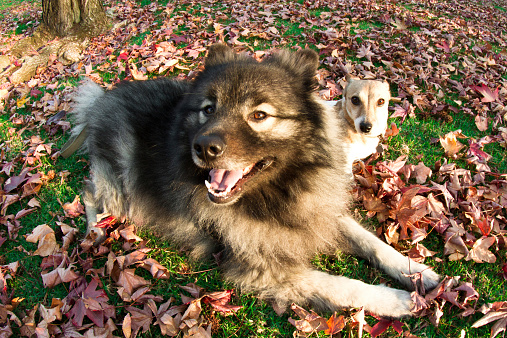
Schipperkes and Keeshonds aren’t that different from one another, but their temperaments and coats tend to be slightly different. Due to their ability to hunt rats, this breed was also popular as a ship dog, but it had much less shepherding experience than the Schipperke. As a result, they are generally much more composed, known for being clever, quick to respond, and good with children. Because of this, they make excellent small house dogs if you don’t have a large yard or house.
Long-Haired Collie
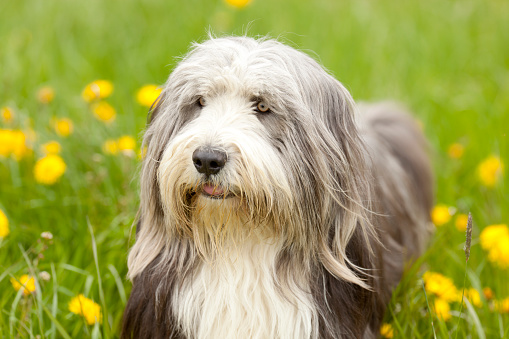
Due to the now-famous show and book series Lassie, the Long-Haired Collie is probably one of the most easily recognizable dog breeds in the world. In Scotland, Long-Haired Collies were first bred as herding dogs. Later, they were bred with other types of sheepherding dogs to create the breed we know today. They are gentle, obedient, and passive creatures who are thought to be quite intelligent on their own and respond well to training.
Welsh Corgi
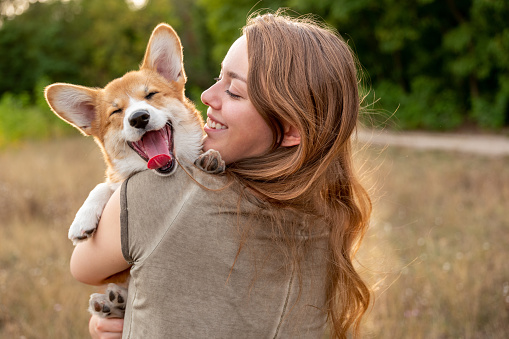
The corgi was originally used as a herding dog, which you might not believe! The dog’s agility, speed, and endurance make it an excellent “healer,” or a dog that nips at the heels of larger animals to steer them, despite its small size. The Corgi is a cross between the Swedish Vallhund and the first corgi, which explains their similar characteristics. They are highly social dogs that are renowned for their distinctive personality and loyalty. Additionally, they are quite clever, particularly when trained.
Shetland Sheepdog
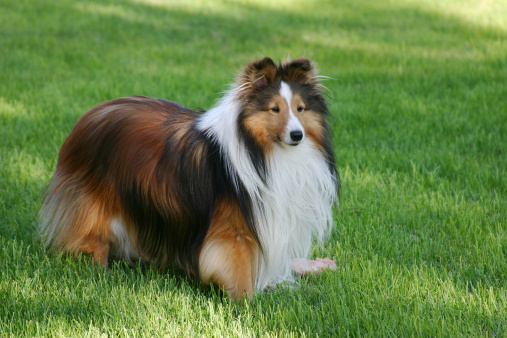
The fact that the Shetland sheepdog and the Long-Haired Collie were bred in the same region often accounts for their similar appearance. However, it is a tough but small animal, much like the Shetland pony and Shetland sheep. Shetland Sheepdogs are wonderful friends since they’re vocal, responsive, smart, and staggeringly faithful to their proprietors. Due to their devotion to their owners, they are even referred to as “shadows.” These are a great option if you’re looking for a new family member or a four-legged friend.
English cocker spaniel
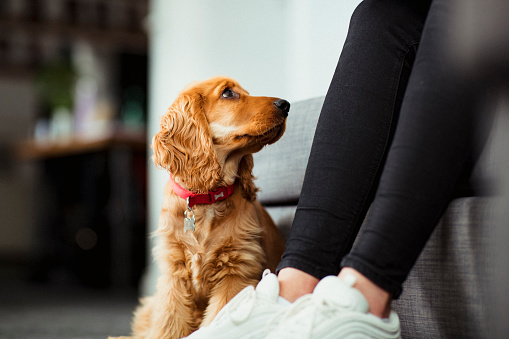
The English cocker spaniel is one of the oldest dogs that are thought to be native to England. It has been around for 500 years and has appeared in history. Additionally, the dogs were initially bred to be hunting dogs. Since then, they have grown in popularity as domesticated animals. They are well-known for their intelligence and loyalty, and with a little training, they can be excellent show dogs or hunting dogs today. goodbye, as you train your English cocker spaniel! Owning an English cocker spaniel is frequently a genuine joy!
Bernese Mountain Dog
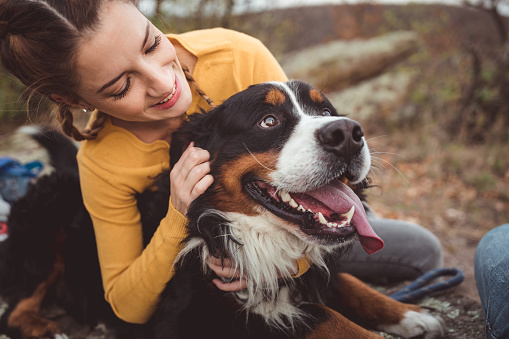
Bernese Mountain dogs, which come from the Swiss Alps, mature into mountain dogs. They were initially employed on farms, but their responsibilities extended beyond face guarding. This breed, like their other Swiss cousins, was so big that they sometimes even did actual farm work. They have always been good at pulling carts because they are gentle giants. They are good at herding, but cart-pulling is their true sport.
Pomeranian
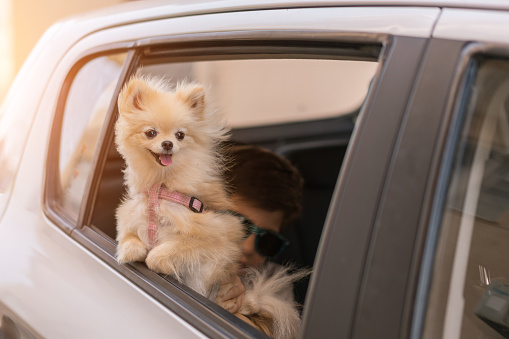
Pomeranians can also be small, but don’t be fooled by their size because it doesn’t mean they’re smart. If you’re looking for a smaller dog that’s relatively simple to train, the small fluff balls are a great option. The pint-sized pups don’t always remember that many of their cousins and ancestors were much larger dogs. Despite their nature as house dogs, Poms are excellent trackers, despite not being the most common choice for such tasks.
Irish spaniel
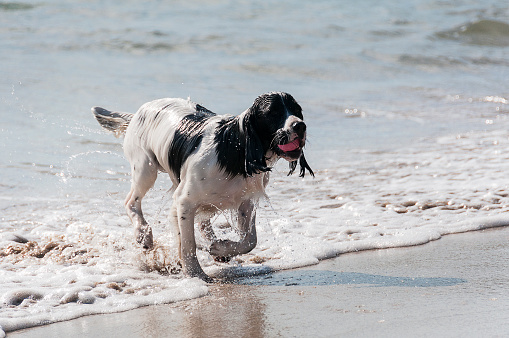
Even just due to the deep purple color of their coats, Irish Water Spaniels may also be one of the most distinctive dogs in the spaniel family. The Irish spaniel shares a number of traits with their cousins, including hunting, tracking, and agility. However, these spaniels are among the simplest in terms of their swimming strength, as their name suggests. These dogs, who have a high level of natural intelligence, enjoy being physically and mentally challenged.
Vizsla

The Vizsla is one breed of dog that was specifically bred to hunt. The Vizsla is a popular gun dog with roots in Hungary because of its medium size. The Vizsla was also a popular housepet due to their affectionate nature, despite their intellectual prowess in certain fields. Vizslas, like other sporting dogs, need to be constantly stimulated when they are young or they will use their energy to cause harm. However, with the right training, they can even do well with children.
Dalmatian
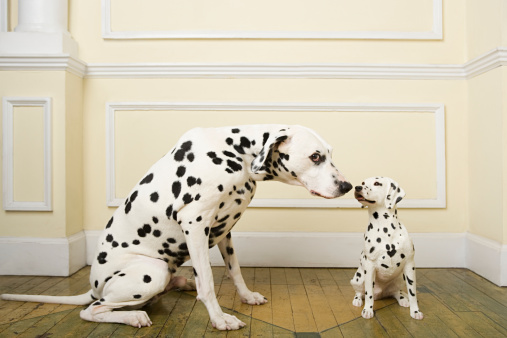
Many of the Dalmatian’s best qualities have already been documented, despite the fact that they almost didn’t earn the dog’s reputation as a firehouse dog. While Dalmatians truly do show better than expected knowledge, early raisers thought not because of their hereditary inclination to deafness. However, as their popularity grew, Dalmatians became increasingly popular as guard dogs, not only for the brewing industry but also for hearthstone services. The popularity of the breed grew after 101 Dalmatians.

